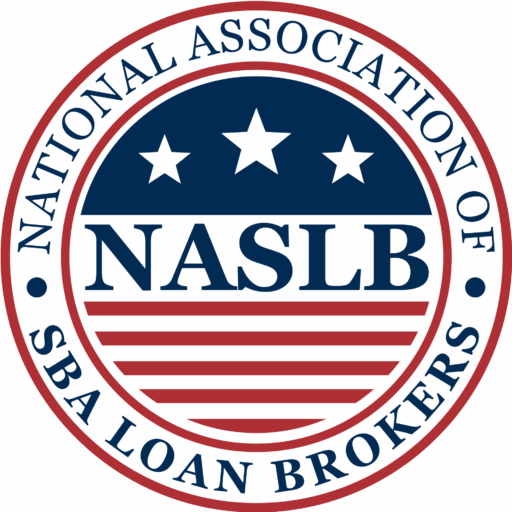October 13, 2025
Bob Coleman
Executive Director, NASLB
Government Shutdown 2025: What It Means for SBA Loan Brokers

The federal government is nearly entering the third week of a funding lapse. The SBA is in shutdown mode, and new loan approvals are paused. This creates immediate challenges for lenders, brokers, and Main Street borrowers.
Many SBA employees are furloughed, and the agency cannot process new approvals for 7(a) or 504 loans until appropriations are restored. That said, the SBA lending ecosystem does not come to a complete stop. Brokers and lenders still have important work to do in preparing deals so that once the SBA reopens, loans can move quickly to closing.
What Brokers and Lenders Can Continue to Do
While SBA cannot issue new approvals, brokers and lenders can still advance transactions behind the scenes. Here are 10 key activities that remain open:
1. Submit Loan Packages – Brokers can continue to submit complete 7(a) and 504 packages to lenders for review.
2. Underwriting Proceeds Normally – Lenders’ underwriting teams can analyze credit, assess risk, and prepare loan write-ups.
3. Internal Credit Approvals – Bank credit committees may still review and approve loans internally.
4. Order Appraisals – Real estate valuations can move forward, keeping projects on schedule.
5. Order Environmental Reports – Phase I and II assessments can be completed now.
6. Document Collection – Borrower financials, guarantor forms, and tax returns can be gathered and verified.
7. Closing Preparations – Legal and closing teams can draft loan documents and coordinate with title/escrow.
8. Borrower Communications – Brokers should reassure borrowers that loan files are still progressing despite the pause at SBA.
9. Expectation Management – Set clear timelines: approvals will resume once SBA funding is restored.
10. Pipeline Readiness – Fully packaged, underwritten, and approved files will move first when SBA reopens.
Bridge Financing: A Rarely Used Option
During past shutdowns, SBA has referenced the possibility of “bridge” or interim financing, where a lender temporarily funds a loan at its own risk and later refinances it into an SBA-guaranteed loan once appropriations return. This concept is acknowledged in the SBA’s SOP 50 10, which allows interim loans to be replaced with 7(a) financing under certain conditions. However, these loans must be funded entirely at the lender’s risk until SBA reopens, and the conversion must occur within a limited timeframe (commonly cited as 90 days).
In practice, this option has been rarely used. Most lenders are reluctant to advance capital without the SBA guarantee in place, especially during periods of uncertainty about how long a shutdown will last. The administrative burden of converting the loan, the potential for policy interpretation differences, and the risk exposure all combine to make bridge financing an unattractive tool for many banks. As a result, while technically available, it has never been a popular solution.
Still, it is important for brokers to be aware of its existence. If the current shutdown extends beyond 30 days, this option may re-emerge as part of industry discussions. At a minimum, brokers should know that it has precedent, and that SOP guidance exists, even if actual deployment has historically been limited.
Bottom Line
The shutdown delays SBA approvals, but it does not stop the flow of work for brokers and lenders. Packages can be submitted, underwriting can proceed, approvals can be issued internally, and supporting documentation can be ordered.
When SBA funding is restored, the deals that are fully prepared will move first. Brokers who stay engaged now will help their clients and lending partners hit the ground running the moment SBA reopens.
